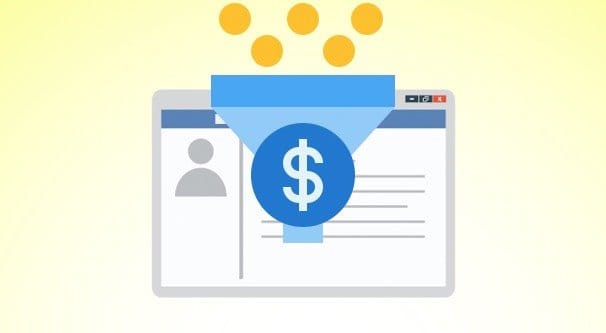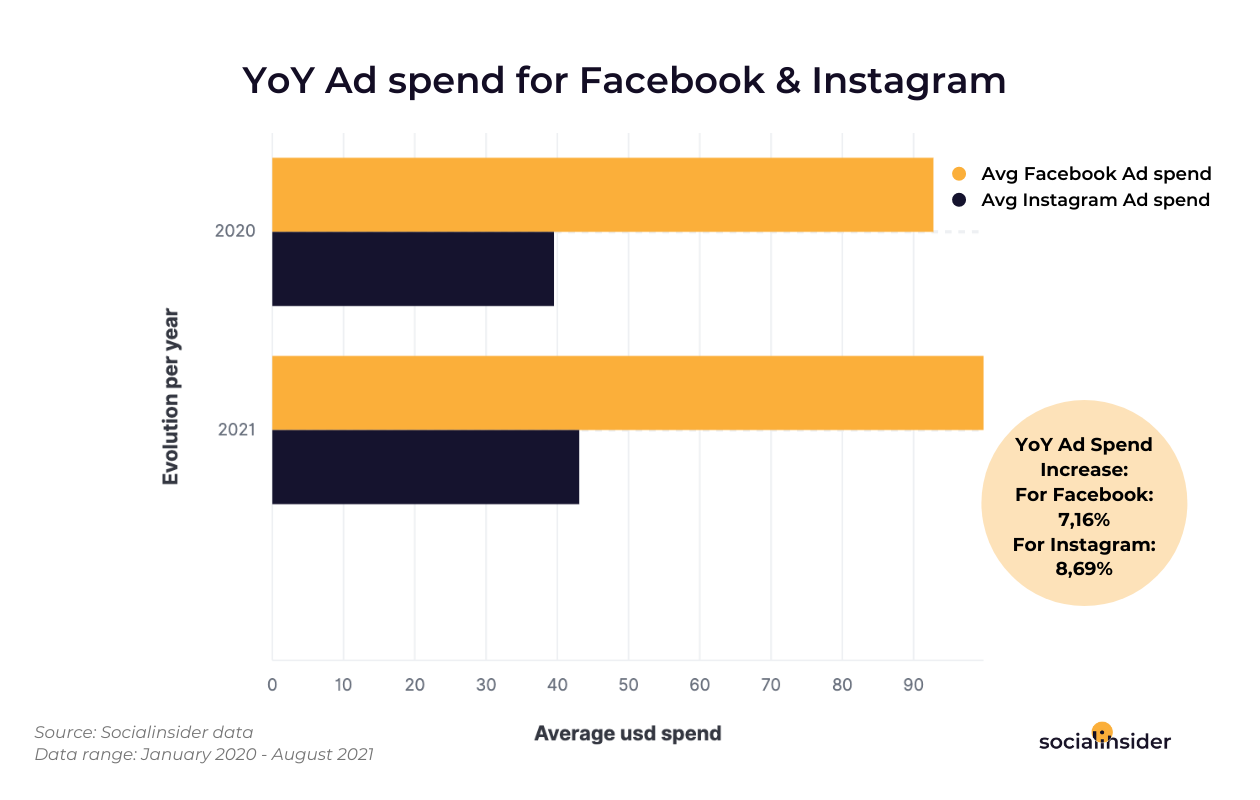
To learn how to write ads copy, read The Economist's copy. Their messages have been sharp, aggressive, and competitive throughout their history, and they continue using smart copy. Read on to learn more about the strategies they use to write copy ads that get results. And while the world is full of examples, there are a few that stand out in our mind. Here are four of the most effective copy-ad techniques.
Short copy
There are several important factors to consider when creating short copy ads. First, you need to know your audience. What products and services do your customers need? Is there more information they need than what the short copy can provide? Are they expensive or not as sought after? Keep in mind that a simple ad can generate few quality leads. The user may have clicked on the ad, filled out the contact information, and then never follow-up.

Social proof
Social proof in copy ads can improve conversion rates. You can use testimonials and reviews from customers to provide the social proof that you need in order to attract new customers. While these testimonials and reviews do not necessarily boost likes or comments on your social media pages, they show that your product or service is worthy of its reputation. The testimonials can be real or fake, but either way, they can generate significant traction. Here are some tips to improve your copy ads by using social proof.
Clickbait
Are your copy ads clickbait? Marketing agencies and business owners use clickbait to communicate their messages to a wide audience. These ads are usually comprised of listicles and other industry-specific content. They promise value, but in reality they don’t deliver. These ads rarely generate much traffic and often cause frustration and even resentment in users.
Consistency
Having a consistent look and feel is important for any brand, so creating a consistent image and style of your copy ads will ensure a higher likelihood of success. Studies have shown that consistency in headlines and visuals increases brand recognition and creates a memorable brand experience. No matter whether you're using dynamic or static images, consistency is key in design and messaging. The following are some ways to increase your brand's consistency in copy.

Targeting
While keyword density is important for search engine optimization, there's a more relaxed approach to writing copy for your ad. Your ad copy should highlight the benefits of your product. If your ad copy aligns with the customer journey, it will increase click through rates and reduce the amount of unqualified clicks. Here's how. Keep reading to find out how. Facebook copy ads can be targeted to reach new customers and help build loyalty.
FAQ
What is the cost of advertising on social media?
If you decide to go this route, you should know that social media advertising is not free. Based on the time spent on each platform, you will be charged monthly.
Facebook - $0.10 Per 1,000 Impressions
Twitter: $0.20 per 1,000 impressions (if your tweet is on Twitter)
If you send invitations, Linkedin: $0.30 per 1,000 impressions
Instagram - $0.50/1000 impressions
Snapchat - $0.60 per 1,000 impressions ($0.40 per user)
YouTube - $0.25/1000 views
Tumblr $0.15 for 1,000 impressions text posts
Pinterest - $0.05 per 1,000 impressions per month
Google + - $0.15 - $0.20 per 1 Million Impressions
Tumblr - $0.15- $0.20 per 100,000 impressions
Vimeo – $0.20- $0.25 Per 10,000 Impressions
Soundcloud - $0.20 to $0.0.25 per 1 Million Plays
StumbleUpon - $0.20 -$0.25 per 1 billion pageviews
Digg - $0.20 - $0.25 per 1000 diggs
Reddit - $0.20 - $0.0.25 per 1000 Comments
Wordpress - $0.20--$0.25 per 500 comments
Flickr - $0.20 -- $0.25 per 5,000 photo uploads
What is an advertising campaign?
A campaign is a series advertising messages that are designed to promote a product. It could also refer the entire production of such advertisements.
The Latin word for selling is "ad." The first known use was by Marcus Terentius Varro (116-27 BC), who used it as a verb meaning "to make a sale."
Large companies or agencies usually do advertising campaigns. These campaigns may include many media types such as print, television, radio and the internet.
Advertising campaigns usually last several months, and they have specific goals. Advertising campaigns can have different goals. Some are focused on increasing sales while others generate awareness.
Advertising is what?
Advertising is an art. Advertising isn't just about selling products. It's about making emotional connections between people, brands, and each other.
Advertising is all about telling stories with images and communicating ideas.
It is important to communicate clearly and persuasively. You must tell a story that is relatable to your target market.
Advertising is thus different from other forms, such public speaking, writing, and presentations.
You are building a brand identity when you run a successful advertising campaign.
This is how you make yourself memorable. You become someone that people remember.
What information do you need about internet advertising
Internet advertising is an important part of any business strategy today. It allows companies reach potential customers at a very low cost. There are many kinds of internet advertising. Some are free while others may require payment.
There are many other ways to advertise online. Each method offers its own advantages and disadvantages.
What is the primary purpose of advertising?
Advertising isn’t about selling products.
Advertising is about communicating ideas and values to people who are already interested in what you have to offer. Advertising is about changing people's minds and attitudes. It's all about building relationships.
It's about helping people feel good about themselves.
But, if you don’t have a clear understanding of your customers’ needs, you will not be able sell anything.
You must first get to know your customer before you can start advertising projects.
This allows you to design ads that resonate well with them.
What are the basics of print advertising?
Print advertising is a good medium to communicate effectively with consumers. Print advertising is used by many companies to promote their products and services. It is designed to attract the attention of the customer.
Print ads are typically short (1 page) and usually include text, photos, logos, or other graphics. Print ads can also contain sound, animation, videos, and hyperlinks.
The following categories are the most common types of print advertisements:
1. Brochures: These large-format printed pieces are meant to draw customers into stores. Brochures often feature eye-catching designs and colorful photos.
2. Catalogues are smaller versions than brochures. These are usually sent to customers who request information about specific items.
3. Flyers - These small pieces of paper are distributed at events like fairs and concerts. They can be given at retail outlets but must be paid for.
4. Posters – These are larger versions for flyers. They are placed on walls, fences, buildings and other surfaces. These are often created with computer software programs to grab the attention of passersby.
5. Direct mail: These are postcards or letters that are sent directly by post to potential customers. These are sent out by companies to remind customers about their business.
6. Newspaper Ads - These are placed in newspapers and magazines. They are usually very long and contain text and images.
What is affiliate Marketing?
Affiliate marketing is an online business model where you earn commissions by referring customers to products and services sold on other websites. The product owner pays you when someone buys from you.
Affiliate marketing is based on referrals. You don't have to do anything special for people to buy from you. Simply refer people to the website.
Making money doesn't require any hard selling. It's easy to sell just as much as it is to purchase.
In minutes, you can also set up an affiliate account.
The more people you refer, the more commission you will receive.
There are two types.
-
Affiliates who have their website owned by them
-
Affiliates who work in companies that offer products or services.
Statistics
- Advertising's projected distribution for 2017 was 40.4% on TV, 33.3% on digital, 9% on newspapers, 6.9% on magazines, 5.8% outdoor, and 4.3% on radio. (en.wikipedia.org)
- It's 100% reliant on your website traffic. (quicksprout.com)
- Advertising spending as a share of GDP was about 2.9 percent. (en.wikipedia.org)
- Nonetheless, advertising spending as a share of GDP was slightly lower – about 2.4 percent. (en.wikipedia.org)
External Links
How To
How to run ads that are paid
Paid advertising refers to any marketing activity where you pay money for something. Paid advertising can include purchasing ad space on websites or placing ads in magazines or newspapers. You could also pay someone to promote your company online. However, there are many types of paid advertising, including social media campaigns, email marketing, display advertising, search engine optimization (SEO), mobile app promotion, and even influencer marketing.
It is important to understand the costs of your campaign as well as the results you are expecting. You should also consider the return on investment (ROI).
Before you can start a paid marketing campaign, you need to first identify potential customers for the product or service. If you do not know, you can begin with free advertising by posting flyers in your neighborhood, making announcements to schools or sharing your message on social networks.
Once you understand your target audience you can determine the best way for you to reach them. For example, if you sell organic food, you may want to advertise in local newspaper classifieds. You might also advertise on radio or TV if your product is cosmetics.
After deciding who you want your message to reach, determine how much you can spend. There are many ways you can calculate your budget. One way to calculate your budget is to divide it into daily, weekly or monthly amounts. Another way to do this is to use a spreadsheet software.